Emergence of Advanced Analytics
The Demand Side Platform (DSP) Market is significantly influenced by the emergence of advanced analytics tools. These tools enable advertisers to gain deeper insights into consumer behavior and campaign performance. By utilizing data analytics, marketers can make informed decisions, optimizing their advertising strategies in real-time. The integration of machine learning and predictive analytics into DSPs allows for more precise targeting and improved return on investment. As the demand for data-driven marketing continues to rise, the Demand Side Platform (DSP) Market is poised for expansion, with companies increasingly investing in analytics capabilities to enhance their advertising effectiveness.
Regulatory Compliance and Data Privacy
The Demand Side Platform (DSP) Market is increasingly shaped by regulatory compliance and data privacy concerns. As governments implement stricter data protection regulations, advertisers must ensure that their DSPs adhere to these laws. This has led to a heightened focus on transparency and ethical data usage within the industry. Companies that prioritize compliance are likely to gain a competitive edge, as consumers become more aware of their data rights. The Demand Side Platform (DSP) Market is thus evolving to incorporate features that enhance data security and privacy, ensuring that advertisers can navigate the complex regulatory landscape while maintaining consumer trust.
Growing Importance of Mobile Advertising
The Demand Side Platform (DSP) Market is witnessing a growing emphasis on mobile advertising, reflecting the shift in consumer behavior towards mobile devices. With mobile ad spending projected to reach over 70 billion dollars by the end of 2025, advertisers are increasingly allocating budgets to mobile-first strategies. This trend is driven by the need to reach consumers where they spend the majority of their time. DSPs that offer mobile advertising solutions are becoming essential for marketers aiming to engage audiences effectively. As mobile usage continues to rise, the Demand Side Platform (DSP) Market is likely to evolve, adapting to the changing landscape of digital advertising.
Increased Adoption of Programmatic Advertising
The Demand Side Platform (DSP) Market is experiencing a notable surge in the adoption of programmatic advertising. This trend is driven by the growing need for advertisers to optimize their ad spend and target specific audiences more effectively. According to recent data, programmatic advertising accounted for approximately 85% of all digital display ad spending in 2025. This shift towards automated buying and selling of ad inventory allows marketers to leverage real-time data, enhancing campaign efficiency. As advertisers increasingly recognize the benefits of programmatic solutions, the Demand Side Platform (DSP) Market is likely to witness sustained growth, with more businesses integrating these technologies into their marketing strategies.
Integration of Cross-Channel Marketing Strategies
The Demand Side Platform (DSP) Market is increasingly characterized by the integration of cross-channel marketing strategies. Advertisers are recognizing the importance of delivering cohesive messages across various platforms, including social media, display, and video. This approach allows for a more holistic view of consumer interactions and enhances brand visibility. As a result, DSPs that facilitate cross-channel capabilities are becoming more sought after. The ability to manage and optimize campaigns across multiple channels is essential for maximizing reach and engagement. Consequently, the Demand Side Platform (DSP) Market is likely to see continued growth as marketers embrace integrated strategies to enhance their advertising effectiveness.


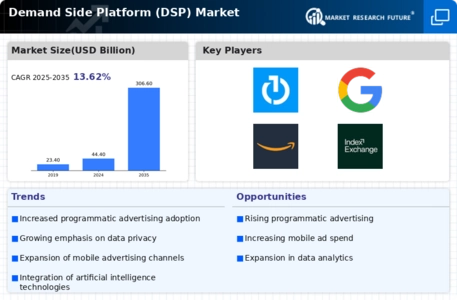
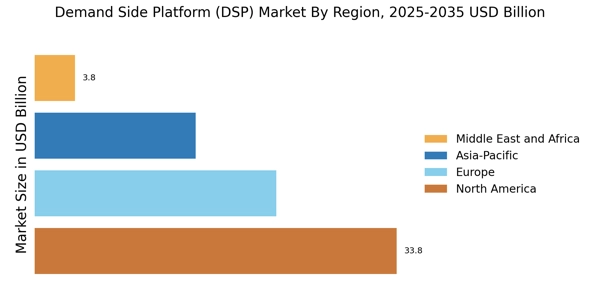

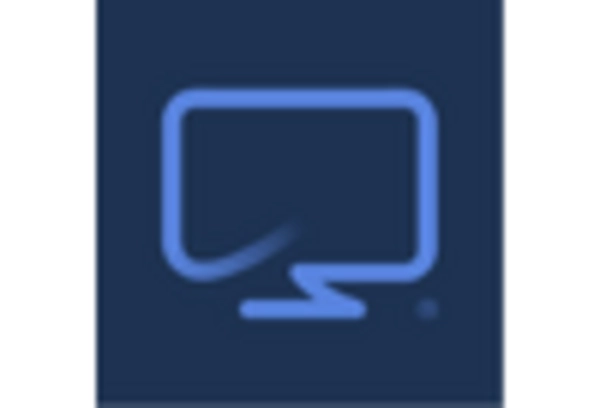

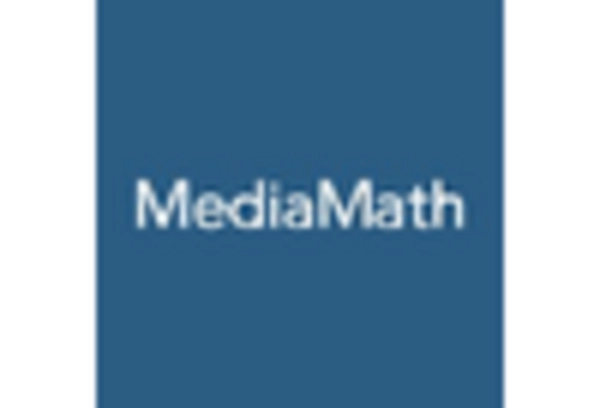
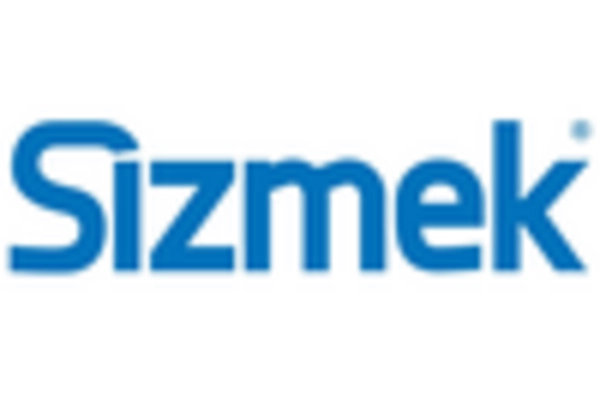
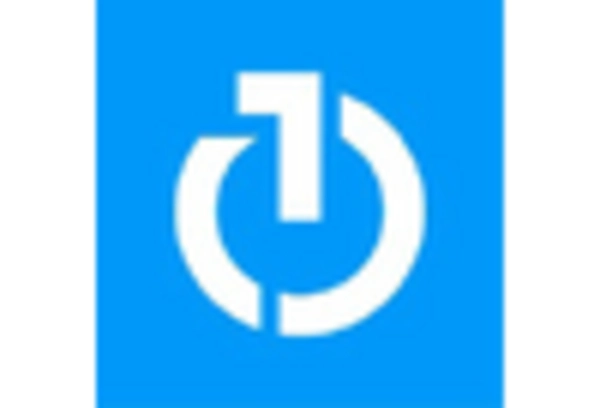








Leave a Comment